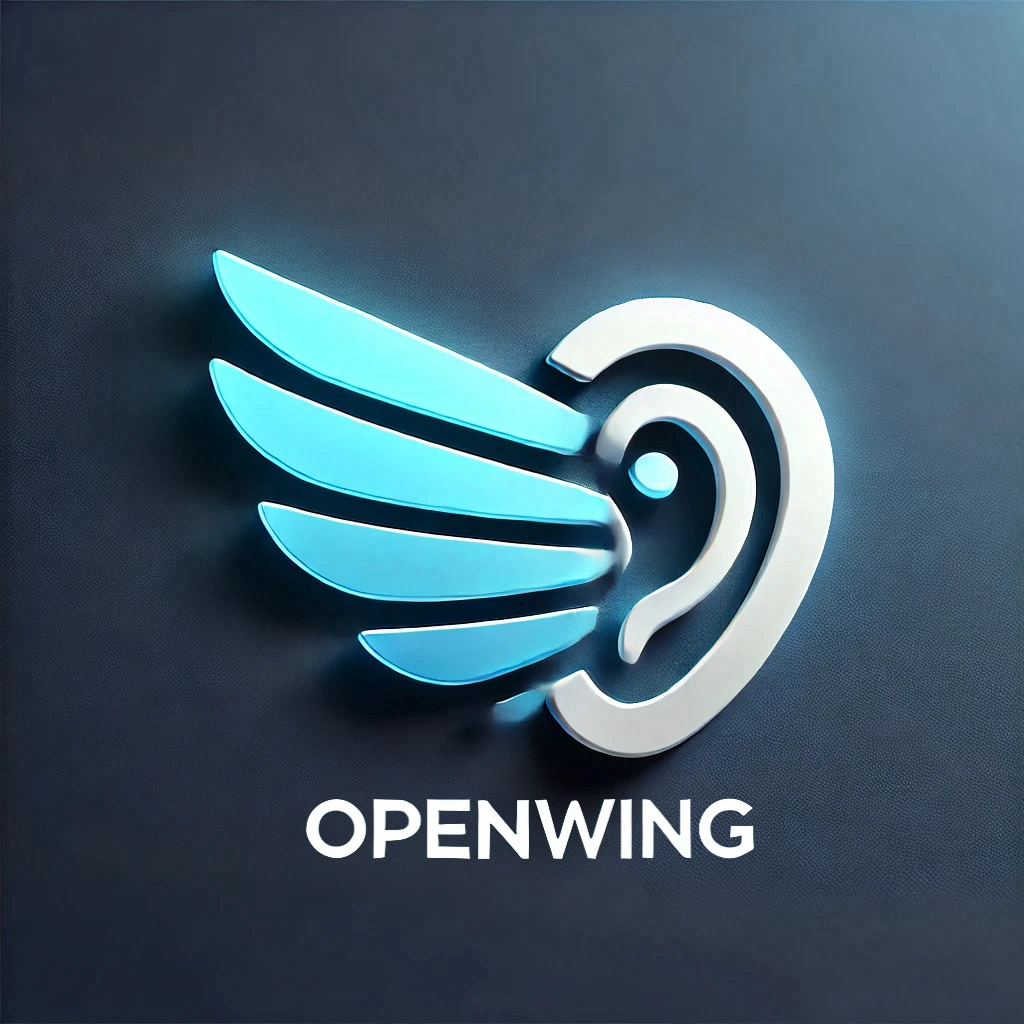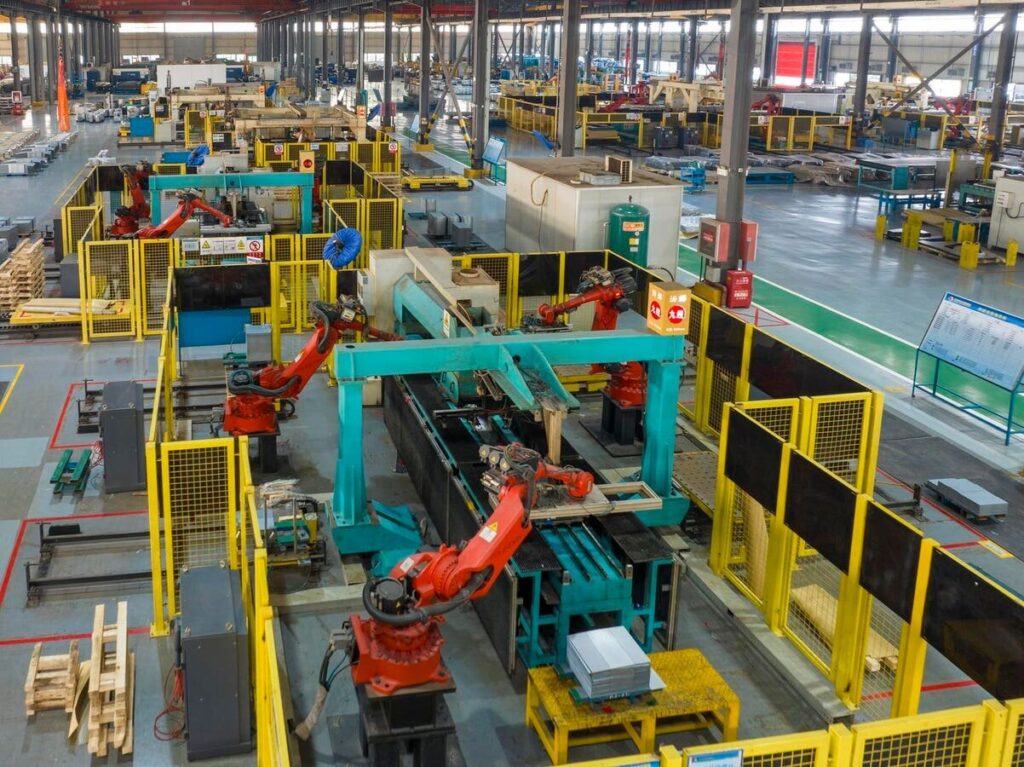If you own or oversee a manufacturing, distribution, or warehousing facility, it’s high time to take artificial intelligence seriously. The maturation of AI technology has progressed to a stage where it generates measurable returns on investment (ROI). Various software and hardware vendors are either incorporating AI technologies into their existing products or rolling them out as standalone solutions. Leveraging these advancements is pivotal for enhancing productivity, minimizing operational costs, and boosting profits.
Robotics Revolution
Businesses across different scales in the manufacturing and distribution sectors are heavily investing in AI-powered robotic technologies. Walmart, for instance, is implementing autonomous forklifts driven by sophisticated AI software. Meanwhile, Amazon is deploying hundreds of humanoid robots in its warehouses for lifting and moving packages. Additionally, the company is using autonomous drones for monitoring traffic, safety, and workflow. German company Robco offers robots for complex tasks such as lathe turning, laser engraving, and palletizing; these robots can be reconditioned and redeployed as needed. Intriguingly, robots are now becoming commonplace even in food processing and baking, independently mixing ingredients and packaging the final products.
Humanoid robots are no longer relegated to the realm of science fiction. 1X is providing an abundant supply of intelligent humanoid robots for factory floors, while Agility Robotics is rapidly producing tens of thousands of humanoid robots for warehouse tasks. Boston Dynamics has an electric variant of its humanoid robot Atlas, and Apptronik’s Apollo is a versatile humanoid robot designed to operate seamlessly both in plants and office environments.
Moreover, companies like Unbox Robotics are introducing AI-driven “swarm robotics” to optimize parcel sortation and order fulfillment, thereby enhancing the efficiency of express logistics. United Robots has developed AI-powered robots capable of cleaning, disinfecting, and carrying heavy loads, significantly improving both safety and productivity on the shop floor. Leading names like Figure AI and Sanctuary AI are also developing humanoid robots designed for a variety of industrial applications, winning accolades for their innovations.
These advanced robots on manufacturing floors are centrally controlled via cloud platforms from companies such as Nvidia and Agility Robotics. Nvidia, for example, describes its system as a “general-purpose foundation model for humanoid robots,” capable of orchestrating a robot army to perform tasks like moving bins to conveyor belts at scheduled times. While the concept may seem daunting, the operational efficiency it brings is undeniable.
Intelligent IoT Integrations
VG Govindarajan and Venkat Venkatraman from Industry Week highlight how smart companies like Rolls Royce are utilizing “fusion technology” powered by AI to transform legacy equipment into intelligent machines. Today’s tractors, for example, have evolved into “farm-based computers” linked to precision agriculture cloud systems. Rolls-Royce offers “Power by the Hour” agreements for its aircraft engines, ensuring that the company is responsible for maintenance and performance based on operational hours.
Complex processing industries—including those in power generation, oil and gas, and food and beverage manufacturing—are now implementing AI platforms like UptimeAI. These platforms utilize sensors to monitor and analyze operations, providing real-time alerts for disruptions, malfunctions, or inefficiencies that pose safety risks.
Collaborations between software firms and hardware manufacturers are yielding innovative Internet of Things (IoT) sensors. These sensors, enhanced with AI technology, are installed on manufacturing equipment to make them “smart.” They employ various sensing techniques such as audio, video, vision, temperature, and pressure to improve operational intelligence.
Acceleration through 3D Manufacturing
Companies like Fathom Digital Manufacturing, Protolabs, and Stratasys are using AI to create advanced 3D printing solutions. These cutting-edge technologies significantly accelerate the product development cycle, enabling manufacturers to design, create, test, and evaluate prototypes in days rather than weeks or months.
Unified Data for AI Advancements
For AI to function effectively, large databases compiled from diverse information sources are essential. EthonAI has launched a software platform designed to provide managers and engineers with a “sixth sense” for real-time factory oversight. The platform centralizes data from various sources and employs AI to offer management recommendations.
As Rae Hartley Beck notes, AI tools can help companies quickly identify patterns that lead to poor-quality products and implement corrective actions swiftly. This reduction in waste and increase in product quality adds significant value to the company.
Additionally, Sight Machine has partnered with Siemens AG to develop a manufacturing data platform. This platform aggregates, contextualizes, and analyzes various types of manufacturing data to boost production efficiency. Sight Machine’s software examines historical production data to optimize current manufacturing settings.
Microsoft has launched several initiatives to consolidate data using “Copilot templates,” enabling customers to create personalized AI copilots. These tools allow employees to use natural language queries to quickly retrieve data, such as diagnosing machine malfunctions, thereby accelerating issue resolution.
In sectors like automotive manufacturing, internal AI applications are being adopted to enhance production scheduling, minimize line stoppages, test chemical mixtures, and streamline data integration. This synchronization improves communication with suppliers and customers and optimizes material sourcing based on real-time global availability, reducing supply chain bottlenecks.
In administrative operations, platforms like ServiceNow have released AI-driven software tailored for manufacturers. These applications autonomously recommend replacement parts for customer maintenance, manage customer exceptions, communicate with suppliers, and deploy field technicians equipped with the necessary skills and tools for tasks. Other software companies, including Epicor, SAP, and Sage, are introducing similar AI features.
The release of OpenAI’s ChatGPT in November 2022 sparked a surge of investments and innovations across the tech landscape. In less than two years, these AI advancements are already delivering tangible benefits to manufacturers. And this is just the beginning.


